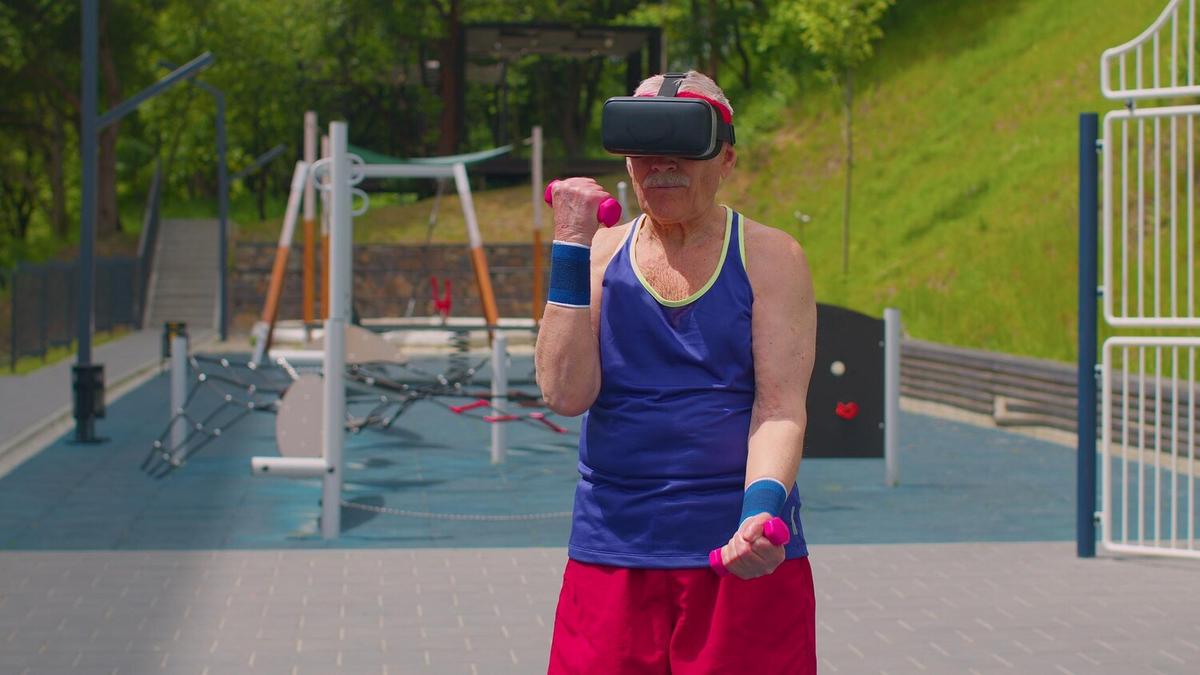As the world increasingly recognizes the importance of sustainability, the concept of a circular economy is gaining momentum, particularly in the realm of technology. Embracing recycled materials in gadgets not only conserves resources but also reduces environmental impact, making it a vital step towards a more sustainable future.
The circular economy is a transformative approach that prioritizes the reuse and recycling of materials to minimize waste and environmental harm. In the technology sector, this means incorporating recycled materials into the production of gadgets, a practice that is becoming increasingly prevalent and necessary.
Understanding the Circular Economy
The circular economy moves away from the traditional linear model of ‘take, make, dispose’ to a more sustainable system where the lifecycle of products is extended. This involves designing gadgets that can be easily disassembled, repaired, and recycled.
Expert Insights
According to Dr. Travis Montgomery, a sustainability expert, “Integrating recycled materials in gadgets is not just an environmental imperative, but also a business opportunity. Companies that innovate in this space can lead the market in sustainable technology.”
Relevant Statistics
A report by the World Economic Forum indicates that e-waste is the fastest-growing waste stream globally, with an estimated 50 million metric tons generated in 2019. However, only 20% of this is recycled, highlighting a significant opportunity for improvement.
Personal Anecdotes
Consider the experience of a small tech company that began using recycled plastics in their product casings. Initially skeptical about quality, they were surprised to find no difference in performance, leading to increased customer satisfaction and loyalty.
Actionable Tips for Embracing Recycled Materials
- Conduct thorough research to identify high-quality recycled materials suitable for your products.
- Partner with suppliers who prioritize sustainability and provide certified recycled materials.
- Invest in R&D to innovate product designs that facilitate recycling and reuse.
- Educate consumers on the benefits of choosing gadgets made with recycled materials.
Consider utilizing a take-back program to encourage customers to return old gadgets for recycling, thereby supporting a circular lifecycle.
Comparison Table of Recycled vs. Virgin Materials
| Aspect | Recycled Materials | Virgin Materials |
|---|---|---|
| Environmental Impact | Low | High |
| Resource Consumption | Reduced | High |
| Cost | Potentially Lower | Higher |
| Market Demand | Increasing | Stable |
| Innovation Potential | High | Low |
| Consumer Perception | Positive | Neutral |
| Supply Chain Complexity | Varies | Simpler |
| Lifecycle | Extended | Short |
Frequently Asked Questions
What are the benefits of using recycled materials in gadgets?
Using recycled materials reduces environmental impact, conserves resources, and can lower production costs.
How can consumers support the circular economy?
Consumers can support the circular economy by choosing products that use recycled materials and participating in recycling programs.
Are gadgets made from recycled materials as durable as those made from virgin materials?
Yes, advancements in technology have ensured that recycled materials can match the durability and performance of virgin materials.
What challenges do companies face when integrating recycled materials?
Challenges include sourcing consistent quality materials, redesigning products for recycling, and consumer education.
Conclusion
Embracing recycled materials in gadgets is an integral part of moving towards a circular economy. By adopting sustainable practices, companies not only contribute to environmental conservation but also appeal to increasingly eco-conscious consumers. As we continue to innovate, the circular economy will play a crucial role in shaping the future of technology.




Leave a Reply